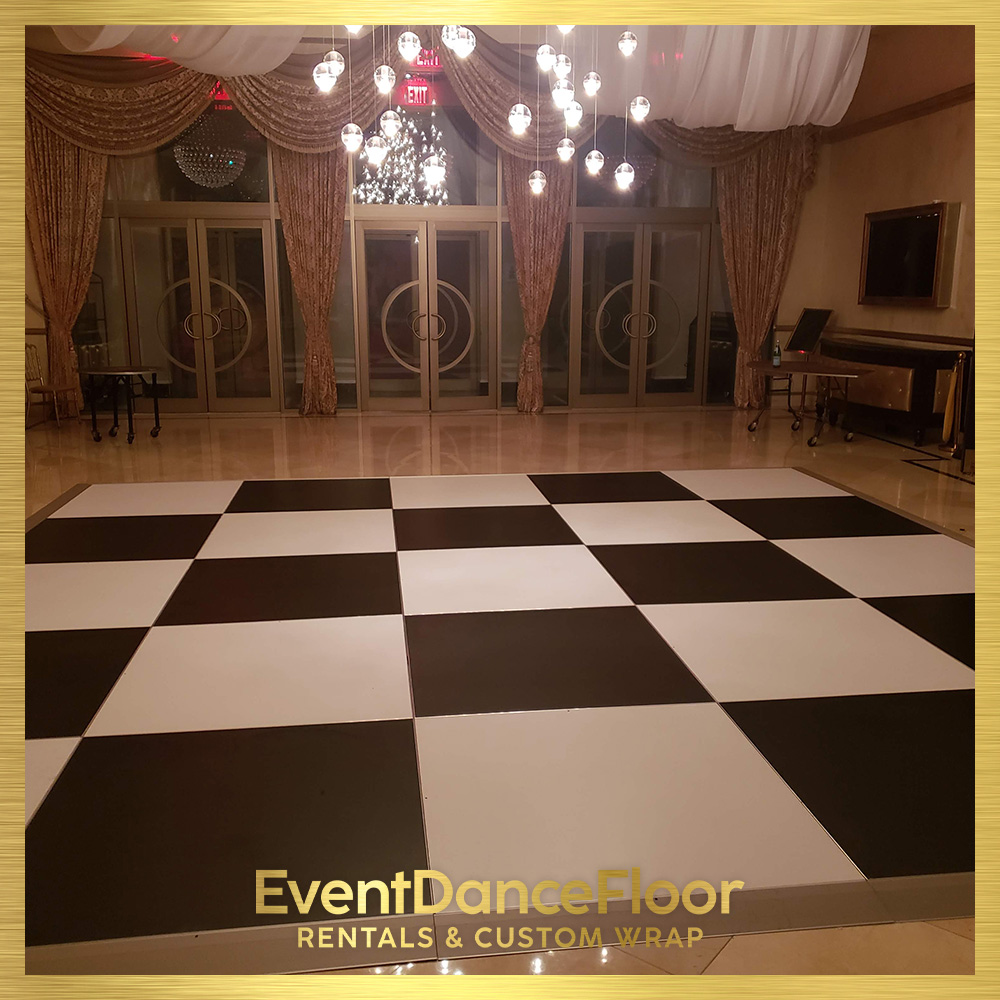Frequently Asked Questions
To maintain the pristine appearance of a vinyl dance floor wrap, it is recommended to clean it regularly, ideally on a weekly basis, especially in high-traffic areas where footfall can lead to the accumulation of dirt, dust, and scuff marks. Utilizing a pH-neutral cleaner specifically formulated for vinyl surfaces ensures that the wrap remains free from harsh chemicals that could degrade its finish. In addition to weekly cleaning, a more thorough deep clean should be performed monthly, which may involve using a soft-bristle brush or microfiber mop to gently lift embedded grime without scratching the surface. Regular maintenance not only preserves the vibrant colors and glossy sheen of the vinyl but also extends its lifespan, preventing premature wear and tear. Furthermore, periodic inspections for any signs of damage or wear can help in addressing issues before they escalate, ensuring that the dance floor remains an inviting and visually appealing space for all users.
When maintaining vinyl dance floor wraps, it is essential to use cleaning products that are specifically formulated to preserve the integrity and appearance of the vinyl surface. Mild pH-balanced cleaners, such as those designed for vinyl flooring, are ideal as they effectively remove dirt and grime without causing damage or discoloration. Additionally, non-abrasive, non-toxic solutions, such as diluted dish soap or specialized vinyl floor cleaners, can be employed to ensure a thorough yet gentle cleaning process. It is crucial to avoid harsh chemicals, such as ammonia or bleach, as these can lead to deterioration of the vinyl material and compromise the vibrant graphics often found on dance floor wraps. Regular maintenance with appropriate cleaning agents not only enhances the aesthetic appeal but also extends the lifespan of the vinyl surface, ensuring it remains safe and slip-resistant for dancers.
Using a steam cleaner on a vinyl dance floor wrap is generally not recommended due to the potential risks associated with high temperatures and moisture. Vinyl flooring, while durable and resilient, can be sensitive to excessive heat, which may cause warping, discoloration, or damage to the adhesive that secures the wrap. Additionally, the steam produced by the cleaner can seep into seams and edges, leading to moisture-related issues such as mold or mildew growth beneath the surface. Instead, it is advisable to utilize a gentle cleaning method, such as a pH-neutral vinyl floor cleaner, along with a microfiber mop, to maintain the integrity and appearance of the dance floor wrap. Regular maintenance, including sweeping and spot cleaning, can help preserve the vinyl's finish without risking damage from steam cleaning.
To effectively remove scuff marks from a vinyl dance floor wrap without causing damage, one should utilize a gentle cleaning solution that is specifically formulated for vinyl surfaces. A mixture of warm water and a few drops of mild dish soap can be applied using a soft microfiber cloth, ensuring that abrasive materials are avoided to prevent scratching the finish. For stubborn scuffs, a specialized vinyl floor cleaner or a diluted solution of white vinegar may be employed, as these options are known for their non-abrasive properties. It is crucial to test any cleaning solution on a small, inconspicuous area of the vinyl wrap first to ensure compatibility and to avoid discoloration. After the application, the area should be rinsed with clean water and dried thoroughly to maintain the integrity of the vinyl surface. Regular maintenance, including the use of protective mats and prompt cleaning of spills, can also help preserve the appearance and longevity of the dance floor wrap.
To effectively repair a tear in a vinyl dance floor wrap, one must first gather essential materials, including a vinyl repair kit, a utility knife, adhesive, and a clean cloth. The initial step involves thoroughly cleaning the area surrounding the tear to remove any dirt or debris, ensuring optimal adhesion. Next, the damaged section should be carefully trimmed with a utility knife to create a smooth edge, which will facilitate a seamless repair. Following this, the adhesive from the vinyl repair kit should be applied generously to both the tear and the surrounding area, allowing it to set for a few minutes as per the manufacturer's instructions. Once the adhesive is tacky, the torn edges can be pressed together firmly, ensuring a tight bond. For added durability, a piece of vinyl patch that matches the original flooring can be cut and placed over the repair, followed by applying additional adhesive. Finally, a weight or heavy object can be placed on the patch to ensure proper compression while the adhesive cures, resulting in a restored, aesthetically pleasing vinyl dance floor that maintains its functionality and visual appeal.

